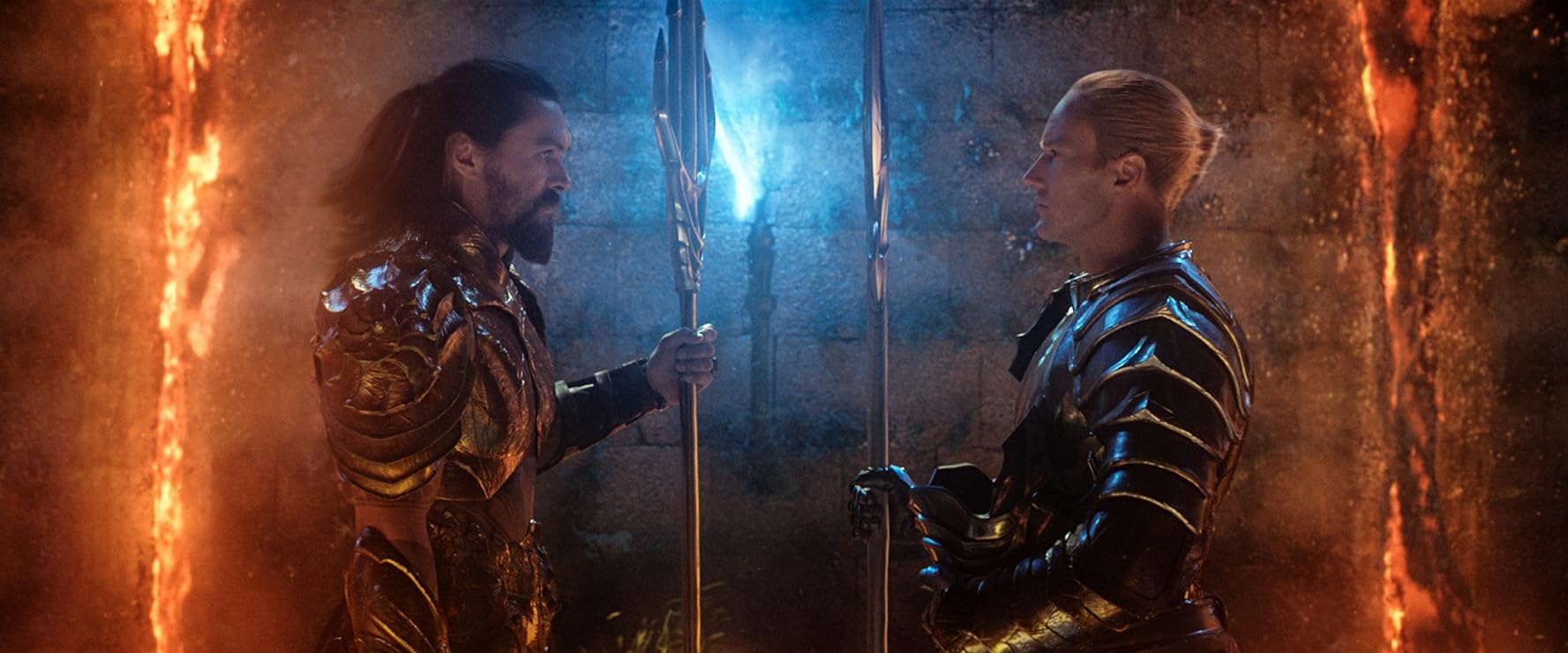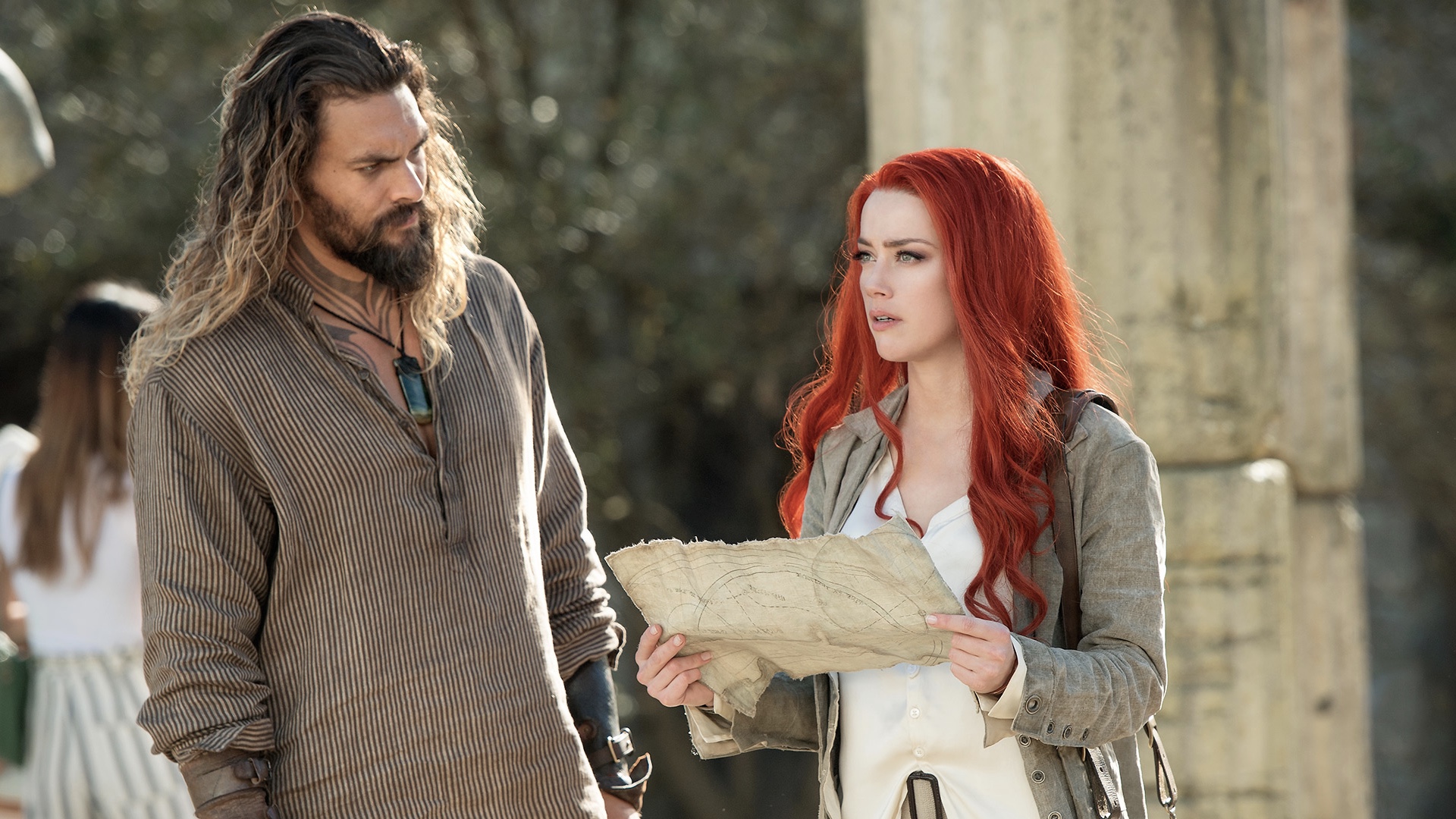I never had high hopes for Aquaman. The very first trailers revealed the movie to be the eye-rollingly corny mess it ended up being. Though their choice of Jason Momoa to play Arthur, the titular superhero, was a good one — he was certainly one of the best parts of the movie — in almost every other respect, the movie let its viewers down. It is an unfocused, unfunny, uninventive superhero flick, and it is not worth seeing in theaters (or possibly at all).
Despite the massive critical and box office success of Wonder Woman last year, DC did not seem to take to heart the idea that superhero movies should be more than just spectacle. As a consequence, Aquaman is two hours of fights and explosions (literally five discrete times a scene is interrupted by an explosion coming through a wall) with a trite “chosen one” storyline and a massive underwater war that ultimately don’t add up to an engaging plot to string the fight sequences together. One of the antagonists, Black Manta (Yahya Abdul-Mateen II), is laughably campy and completely irrelevant, and the other, Arthur’s half-brother King Orm (Patrick Wilson), is so under-developed that the emotional conflict that supposedly drives his every action seems completely unbelievable.

In fact, that is one of the movie’s central sins: underdevelopment of both characters and plot. The movie seems to assume that the audience has some familiarity with Aquaman already, whether from 2017’s Justice League or perhaps just from the comics, and so Arthur, too, is already seemingly familiar with his Atlantean heritage and powers. Skipping out on an origin story for someone like Spider-Man, as in Spider-Man: Into the Spider-Verse, is understandable — we all know how that story goes. But when it’s omitted from the story of a less familiar superhero like Aquaman, you lose out on that incredible magic of discovery that can provide for a story that endears the hero to the audience while also developing his character. As it is, the only real personality Arthur has is the charisma Momoa brings to the role. He, along with characters like Mera (Amber Heard), Vulko (Willem Dafoe), and Atlanna (Nicole Kidman) — who was completely wasted on this movie — are criminally underdeveloped, and their relationships, too, are cheesy and forced.
The plot, meanwhile, goes much too big too fast. It tries to incorporate too many elements — King Orm’s war, Atlanna’s storyline, Black Manta’s quest for revenge, Arthur and Mera’s quest for the lost trident of Atlan, their romance, and the conflict between King Orm and Arthur, among others. As a result, each storyline is not given enough attention and all of them feel vague and inconsequential. The romance between Arthur and Mera is particularly egregious.

The movie’s not all bad. Its visuals are stunning at times, especially the scene where Arthur and Mera use flares to ward off the Trench with a red flare. The underwater combat is admittedly pretty sick, especially when big sea creatures are involved. And Momoa is charming and occasionally funny when the overall poor writing permits. They even managed to make him look cool in his silly green and gold outfit. But these elements are not enough to save the movie.
Ultimately, though this will undoubtedly be another box office hit for DC if the opening weekend numbers are anything to go by, it is another creative stumble. With Disney’s Marvel films still going strong and Sony’s recent successes with Spider-Man: Into the Spider-Verse and Venom, DC is still struggling to find a successful formula for superhero movies that are both spectacular visually and engaging narratively. And Aquaman is certainly not the solution. Better luck next time with Shazam, DC.
Score: 2/5





















